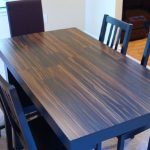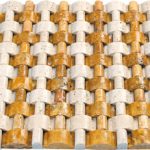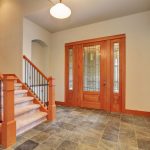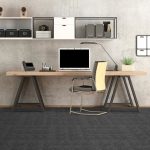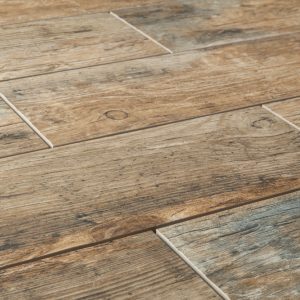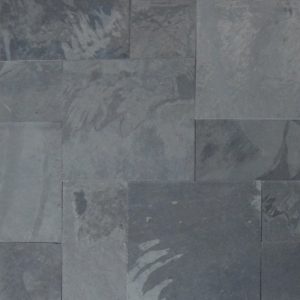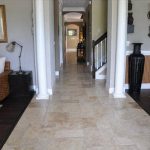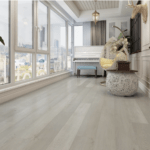If you’re thinking of installing new flooring in your home, you probably want something low maintenance that doesn’t require special care. While the definition of low maintenance flooring can vary from person to person, there are several hallmarks that identify this type of flooring. In order to get the most out of your investment, look for flooring that’s not only low maintenance but also durable enough to stand the test of time. This guide explains some tips about floor maintenance so you can decide which material and style will suit your home and your lifestyle.
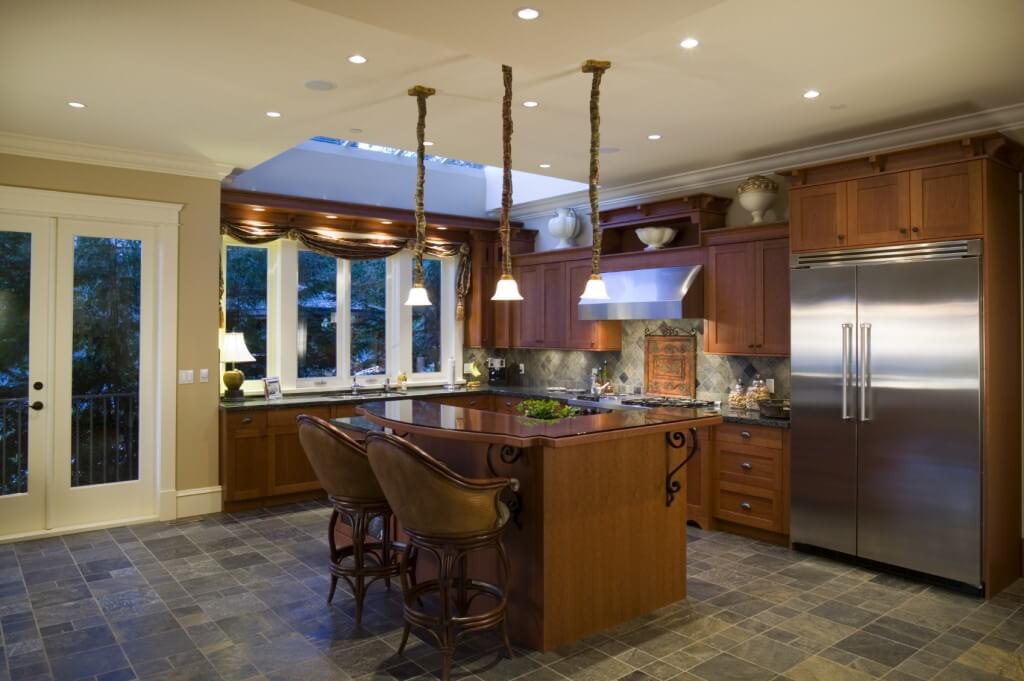
What Defines Low Maintenance?
As you look for the right flooring for your home, you’ll want to consider what constitutes a low maintenance material and floor style. Here are a few questions to ask that will help you prioritize the flooring you choose, and determine what low maintenance means to you:
• Do you prefer flooring that’s easy to keep clean? This means your floors require simple dusting and mopping rather than having to spend hours scrubbing grout lines. Easy to clean floors should resist stains and spills and can be cleaned up with a simple wipe or cleaning solution.
• Are you looking for something that requires little to no upkeep? This type of low maintenance flooring won’t require sanding, staining, or sealing later down the line. It won’t need to have the grout cleaned, polished, or replaced, either.
• How about durability and longevity? A truly low maintenance floor will stand the test of time and hold up well to heavy foot traffic. This flooring won’t show scratches easily and won’t come loose, so it lasts for many years.
Examples of Low Maintenance Flooring
With new developments in materials and manufacturing, there are more options available for low maintenance flooring than ever before. Whether you love the look of real hardwood or adore modern touches you’ll find in stone, each one offers a variety of benefits and features. Here are some examples of beautiful flooring you can install that will make your life easier:
Engineered Hardwood
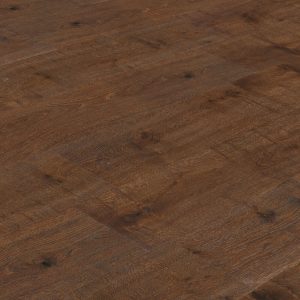
Enjoy the beauty of real wood without the headaches when you choose engineered hardwood flooring. This material is rugged and beautiful, and it’s easy to keep clean with a broom or dry mop. Engineered hardwood is available in 100% waterproof optionz. It won’t warp and doesn’t require sealing or refinishing like real hardwood.
Luxury Vinyl
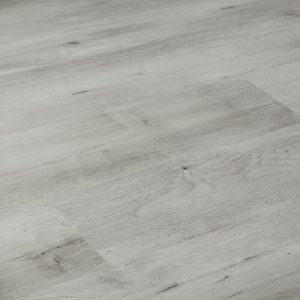
Not only does this type of flooring look beautiful, but it also handles traffic very well. It’s exceptionally tough, and it doesn’t require much to keep it clean. You can maintain the beauty of luxury vinyl with regular sweeping. It’s also resistant to water and staining.
Ceramic
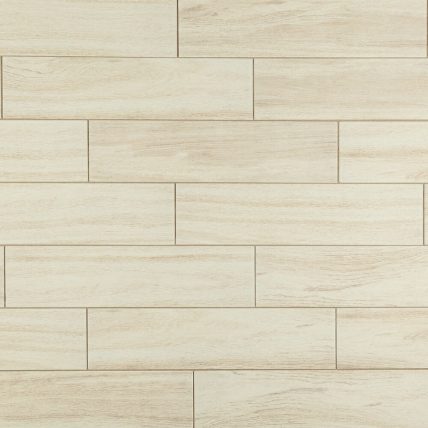
This material has been used in homes for decades, mostly because of its smooth surface and aesthetically pleasing design. Ceramic flooring won’t dent or scratch and resists water beautifully. Because ceramic is nonporous, it won’t absorb the color from liquids and other items, making it a long-lasting choice for many homeowners.
Porcelain
This tile is very hard and dense, which means it’s highly durable. Porcelain tile comes in a range of finishes and colors, and the pattern carries through the entire surface, which means any chips or cracks are practically impossible to see.
Laminate
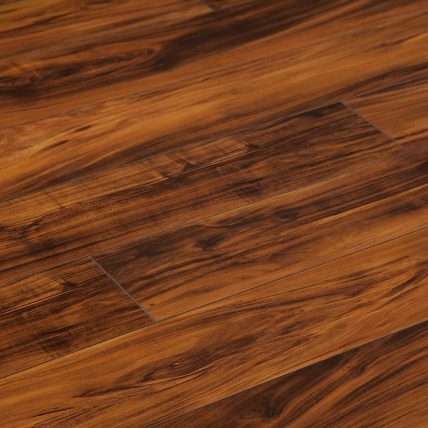
With a variety of styles to choose from and an affordable price point, laminate flooring is easy to maintain. This type of floor can be cleaned using a broom or vacuum cleaner to get rid of crumbs and debris. If your laminate floors get wet, blot them dry quickly but never use water to clean laminate, as it could cause the flooring to warp.
Stone
Natural stone flooring is exceptionally luxurious and allows you to have creative control over the design. This durable material comes in a variety of styles, but most stone flooring should be thoroughly sealed. While stone is durable overall, it does require a bit more care than other flooring alternatives.
Bamboo
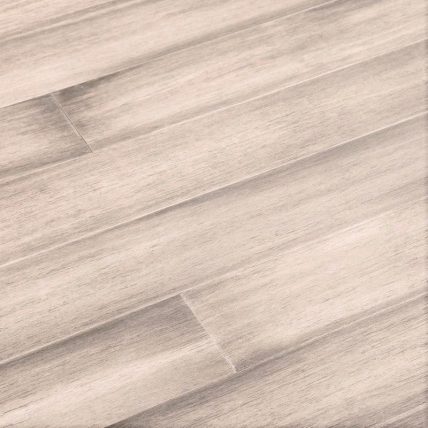
For an eco-friendly and sustainable flooring choice, bamboo is a wonderful option for your kitchen or bathroom. This tough flooring is an excellent choice for almost any room and comes in several finishes for the ideal look. You should always dust or vacuum bamboo floors regularly, as small debris can cause the surface to become scratched over time.
Considerations When Choosing New Flooring
Now that you know a bit more about some of the most popular low maintenance flooring options available, there are a few things to keep in mind. Look for flooring that can handle moisture, particularly if you live in a humid area. When floors are exposed to high levels of humidity, they tend to warp or come loose more easily. If you have a large family, pets, or just have a lot of foot traffic in general, choose flooring materials that are rugged enough to hide scratches. Some signs of wear and tear are always normal, but you don’t want to install flooring that will show every imperfection.
Of course, you’ll also want to consider how long your new floors will last. The more durable and easy to maintain they are, the better the odds are that they’ll last a long time. New flooring is an investment, so choose a material you know will stand the test of time. Be aware that some flooring requires the use of specialty cleaners to keep them looking their best. Choose material that’s easy to keep clean with either a quick dusting, vacuuming, or mopping.
Avoid floors that require you to reseal them on occasion. This will not only cost you more money, but it takes a lot of time and effort as well. Some tile floors require re-grouting, which can also increase your maintenance costs and take up extra time. To truly enjoy floors that are low maintenance, be sure you select something that can be installed and enjoyed without any extra steps later. Look for low maintenance flooring that will give your home the perfect combination of beauty, durability, and longevity that lasts for years to come.


